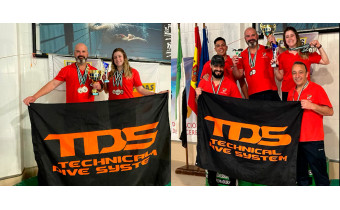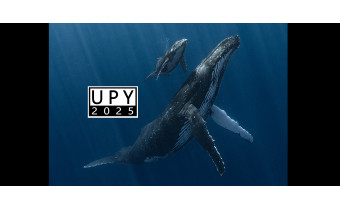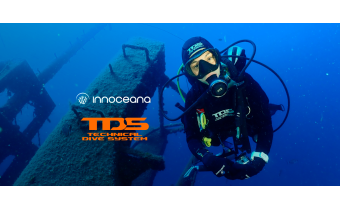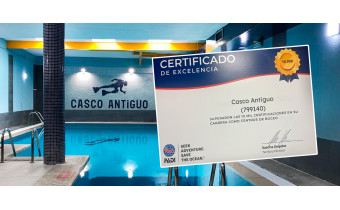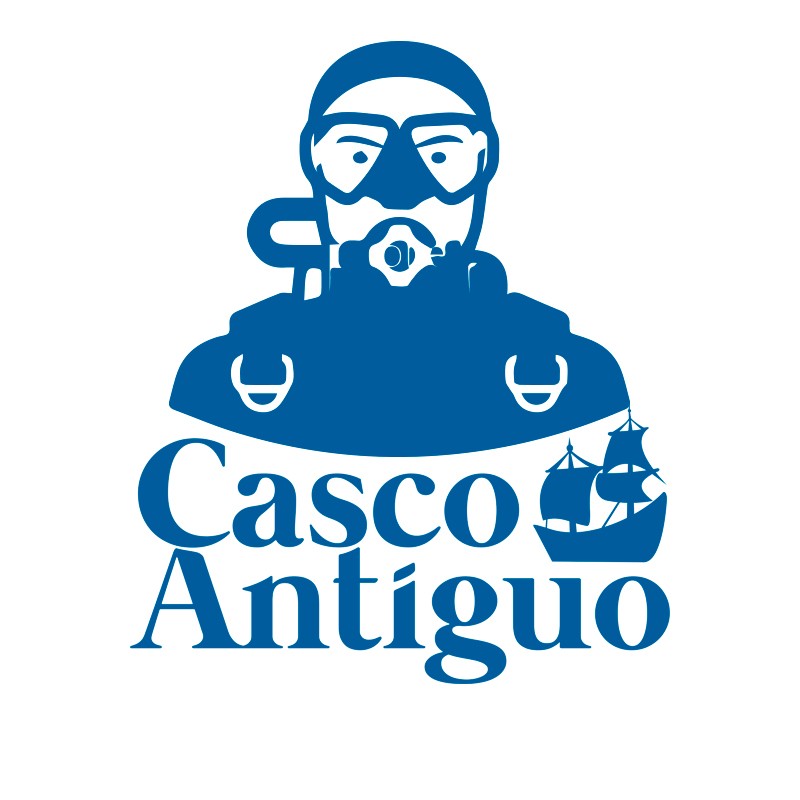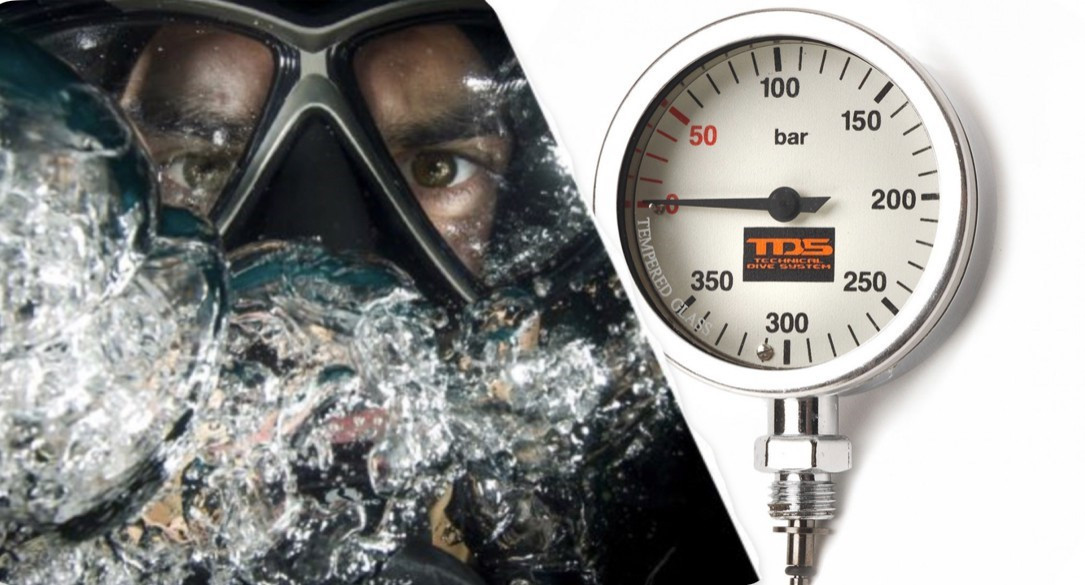
HOW MUCH DO I CONSUME AND HOW DO I CALCULATE IT?
Every diver remembers their first dive, and surely, we all ask our instructor the most logical question at that moment. How long will the air in my tank last for?
I can’t speak for how other divers felt towards the response, but the one I got didn't please me at all. I couldn't believe that the man who had filled my head with countless data during the pre-immersion chat would answer me without the slightest shame that he didn't know. Unbelievable!, but this man was actually right. We can't know how long it will take to deplete the gas in our tank unless we know our actual surface consumption, known among divers as SAC (surface air consumption). This is simply the volume of breathed gas that enters and exits our lungs in a minute. SAC is not the same for all divers; it even varies in the same person depending on factors such as physical condition, water temperature, level of stress, experience, diver technique, and a few more that we'll leave for the section on "How to Reduce Gas Consumption During Our Dive."
Let's see how we can calculate our consumption based on the readings of our pressure gauge before and after the dive, the size of the tank, the average depth, and the dive time indicated by our dive computer.
How much gas is really in my tank?
We usually indicate the amount of gas we have in our tank in terms of pressure (BAR or PSI). We all do this during our dives after checking the pressure gauge when our buddy asks how much gas we have left. When planning our dives, we need to be more precise, so we talk about liters of gas instead of bar/psi. We all know that a 15-liter tank at 200 bar (2900 psi) will have more gas than a 12-liter tank at 200 bar (2900 psi). So far, everything is clear. But which tank contains more gas available for a diver, a 15-liter tank at 170 bar (2465 psi) or a 12-liter tank at 200 bar (2900 psi)? This is where the concept of available liters in our tank starts to make sense.
An available liter is the amount of gas that occupies a volume of one liter at a pressure of one atmosphere (1 ATM or 1.013 bar, treated here as equal to 1 bar for practical purposes).
In this article, we will use "L" (in uppercase) as the symbol for units of available liters and "l" (in lowercase) for the liters of volume of the bottle.
The good thing about working in liters is that we can know the amount of gas in a scuba diving tank by multiplying the volume of the tank by the pressure. For example, when released to the atmosphere (1 ATM), the gas in a 10-liter tank, pressurized to 200 bars, would occupy a volume of 2000 liters (10 l x 200 bar). In other words, the tank contains 2000 liters of gas available.
Now we can answer the previous question: 15 l x 170 bar = 2550 L, which is more than 12 l x 200 bar = 2400 L.
We can also determine the amount of gas we used on our dive: for example, we conducted a dive with a 10-liter tank that had 210 bars at the beginning and 60 bars at the end. If we calculate the gas consumed (210 bar - 60 bar = 150 bars consumed), which multiplied by the volume of our tank would be 1500 L (150 bars x 10 L = 1500 liters).
USE OF THE DIVE COMPUTER
Some of you might be wondering that merely knowing how many liters from our bottle we have used is not enough to know what our real consumption per minute is, and indeed, you are correct. In our initial training, we were all taught that gas consumption will always be proportional to the ambient pressure we are at and, of course, to the dive time.
To accurately determine how much gas we consume, we should divide the amount of liters used by the dive time and by the average pressure of our dive calculated from the average depth provided by our dive computer/depth gauge.
YOUR CONSUMPTION = LITERS USED / (AVERAGE PRESSURE * TIME)
Example:
Let's suppose we have done a 30-minute dive, using a 12-liter tank. Its initial pressure was 200 bars, and when we finish, we see that we have 60 bars left. Our dive computer indicates that the average depth of the dive is 12 meters.
Let's calculate:
200 Bars - 60 Bars = 140 Bars.
140 Bars * 12l = 1680 Liters.
Now we know the amount of liters we have consumed, dive time, and average depth, we just have to substitute the values into the formula.
Own consumption= Liters used/ (Average pressure * Time)
Own consumption= 1680 liters/ (2.2 ATM (12 mts) * 30 minutes)
Own consumption= 25.45 liters per minute.
CONTROL YOUR IMMERSION. PLAN.
Once we know what our consumption is, we can start planning our dives or check after the briefing provided by our diving centers if the dive is possible according to our consumption rates.
EXAMPLE:
Dive to 15 meters depth with a maximum bottom time of 30 minutes. The diving center provides us with a 12-liter tank filled to 200 bars. We know that our consumption is around 26 liters per minute and that we want to leave a gas reserve of 60 bars for a possible incident during the ascent, either for ourselves or for our buddy.
LET'S CALCULATE:
12-liter bottle at 200 bars, reserve we want to leave 60 bars.
200-60 = 140 bars we can spend. 140 bars per 12 liters = 1680 liters.
Diving depth 15 meters = 2.5 atmospheres.
Diving time until starting ascent 30 minutes.
Personal consumption 26 liters per minute (rounding up our consumption from 25.45).
Total consumption = Own consumption * Average pressure * Time
TOTAL CONSUMPTION = 26 liters x 2.5 ATMs x 30 minutes = 1950 liters.
As we can see, if we want to leave our reserve of 60 bars for incidents, we will hardly reach 30 minutes of diving at the bottom. It's time to talk to our guide and share our calculations with them. If they haven't done it before, they will tell you with certainty that your ascent will begin at 30 minutes of diving or when any diver on the team has 60 bars left, provided that all divers consume the same as you... something exceptionally rare since each of us has our own consumption. As we saw before, there are many factors that modify our consumption from one dive to another, so to solve this problem, we will always have to plan our dives according to the calculations of the diver with the highest consumption. But for this, all divers should know what our consumption is.
DO NOT BE THAT KIND OF DIVER.
Each person has a different air consumption, and using a lot of gas can be a delicate issue for some. Having low consumption is fine, but please don't fall into the mistake of thinking that makes you a better diver: a diver's consumption depends on a series of physiological and environmental factors. It's crystal clear that we need to discuss consumption during dive planning, but strictly objectively. Let's not judge. And what's more important: we can't boast about it, quite the opposite, we should try to make more and more divers have this concept clear and implement it in their pre-dive routines, individual safety increases team safety.
Dive consciously, dive safely, dive happily...
David Sánchez López
 Cookie preferences
Cookie preferences


